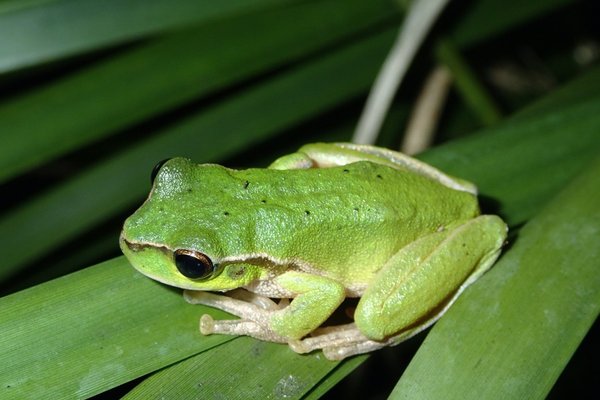Testing the Waters
The Australian Museum Streamwatch program had a great year in 2015.
Water quality monitoring efforts have steadily increased and the Australian Museum is committed to strengthening the science through a “whole of ecosystem” approach.

© Australian Museum
We currently have 198 volunteers in 62 groups testing 165 sites across Sydney, Greater Sydney and the Blue Mountains. in 2015 activity included 772 water quality monitoring site visits equating to approximately 3088 tested parameters.
The Waterbug Watch initiative was established in 2014 and continued to grow in 2015 with John Gooderham the Waterbug expert running a presentation and a field sampling day in March. Prior to September 2014 only 3 Streamwatch groups routinely conducted macroinvertebrate sampling and only 1 group routinely uploaded that data. The Waterbug Watch component of Streamwatch has seen an exponential increase of macroinvertebrate data. These results are being incorporated into the Streamwatch mapping project and are useful bio indicators.
Following on from the success of Waterbug Watch and having a large volume of unsorted material we established MicroVols in 2015. Classes in the Entomology Laboratory for training in macroinvertebrate lab-based identification and sorting continued throughout the year. We have had three groups of MicroVols complete this level of training. This project is building upon the field-based ID skills of Streamwatchers as well as establishing a good voucher collection for the Sydney region. It is hoped that the current enthusiasm continues and that we can add further value to this initiative in 2016. Our accredited Streamwatchers are given the specific epithet of Microvol streamwatcheri.
We are committed to cleaning the historical data archive, extracting the meaningful data, interrogating and assessing that data to allow for useful time series formatting where possible. The historical unprocessed data will remain available on request, while the processed data will be promoted as a set most representative of actual environmental conditions.









